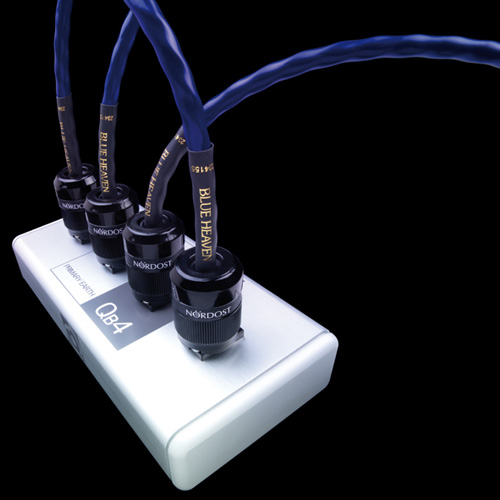Front-End First: The Place to Start
When it comes to cabling a system, most of us assume that speaker cables are the first priority and power cords the last. In fact, it’s easy to demonstrate that the reverse is true and the reason is pretty straightforward. In reality, when you listen to your system, what you are actually hearing is the AC power supply feeding it. Okay, the electrical power has been converted into acoustic energy, but it is still derived from that same actual power coming out of the wall. The best analogy for this is the creation of a sculpture. Think of the system as the sculptor and the AC supply as the lump of rock. The better the sculptor (the system) then the better the shape, detail and proportions of the finished figure. But no matter how good the sculptor, the nature of the rock he’s working on will always show through. Start with Carrara marble and you’ll see its quality in the finished article, but start with a lump of schiste and the end result will be gray, misshapen, uneven and flakey -- and there’s nothing that even the best sculptor can do about that. That’s why the first priority in any system should be to optimize the AC-supply quality and topology. That is a whole topic in itself -- which is why there’s a separate rule, just like this one, devoted to it -- but a key aspect of achieving a good end result rests with the power cords chosen, and those must integrate properly with your signal leads. What that means is two things.
|

 ront-end first” might
be a hi-fi maxim that started in Scotland, but it quickly became familiar around the
world. Of course, it is most often applied to turntables and vinyl replay, but, in fact,
the principle holds good through every aspect of the system -- just as long as you are
thinking in terms of quality rather than price and you appreciate where the system really
starts.
ront-end first” might
be a hi-fi maxim that started in Scotland, but it quickly became familiar around the
world. Of course, it is most often applied to turntables and vinyl replay, but, in fact,
the principle holds good through every aspect of the system -- just as long as you are
thinking in terms of quality rather than price and you appreciate where the system really
starts.